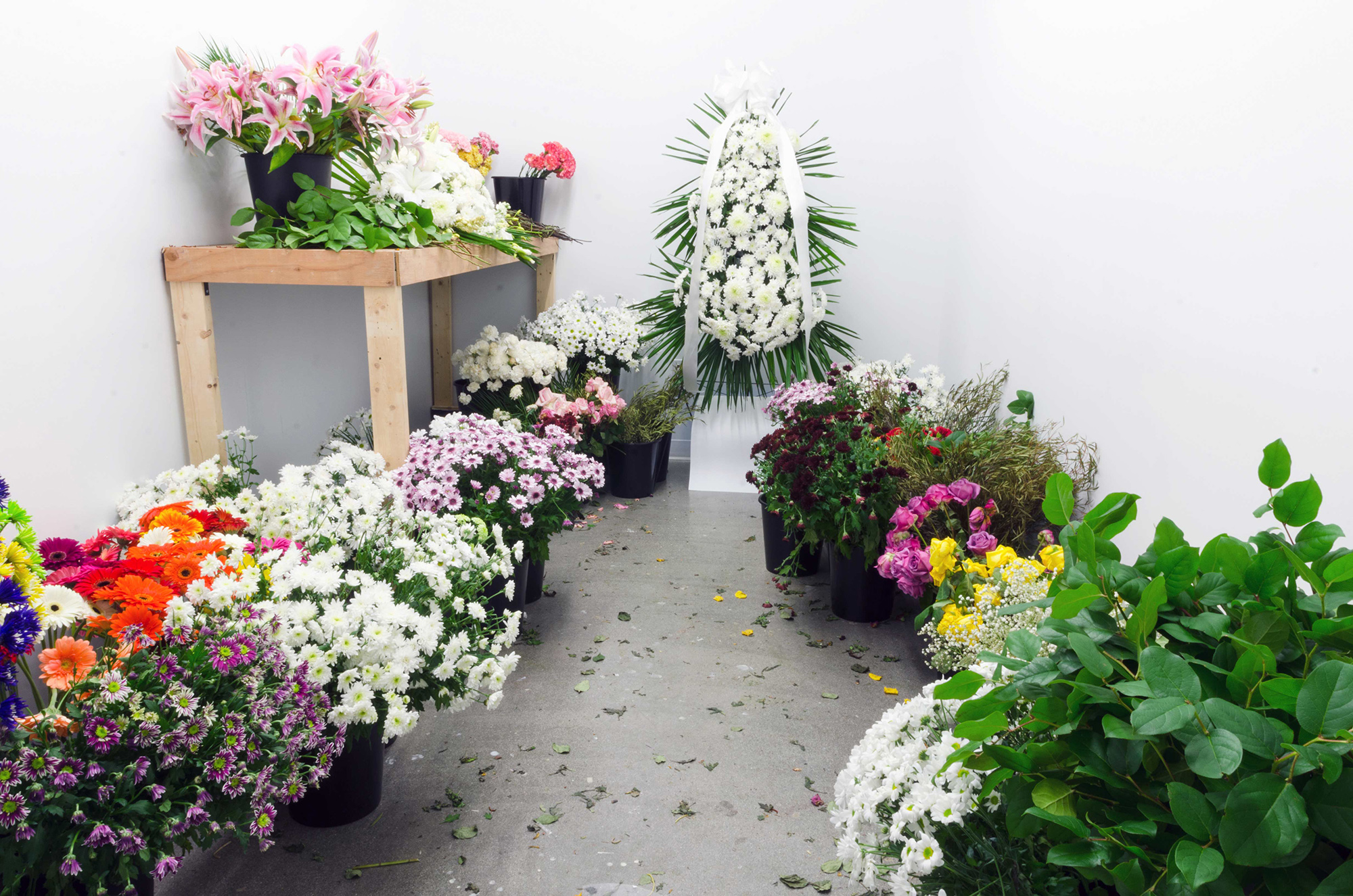www.jjosephine.com
Artist BioLee holds graduate and undergraduate degrees in both science and fine arts and has exhibited throughout Canada, the United States, and the EU. She was recently awarded the Oscar Kolin Fellowship, the Vera G. List Sculpture Award, a Gail and Stephen A. Jarislowsky Outstanding Artist Award at BANFF, and a Canada Council for the Arts grant for Research and Creation. Alongside Griffin Art Projects, Lee is currently in residence at the Morris and Helen Belkin Gallery in a collaboration with physicists at the Stewart Blusson Quantum Matter Institute Research Center. Lee received an MFA in Fine Arts from Parsons The New School of Art, Media, and Technology, is a doctoral student at Simon Fraser University’s School for the Contemporary Arts’ inaugural PhD in Contemporary Arts program, and works as a sessional lecturer at Emily Carr University of Art and Design and the University of British Columbia.
Lee resides and works on the unceded and occupied ancestral and traditional lands of the Coast Salish Peoples, including the territories of the xʷməθkwəy̓əm (Musqueam), Skwxwú7mesh (Squamish), and Səl̓ílwətaʔ/Selilwitulh (Tsleil-Waututh) Nations.

/born ignorant in an abyss of light, 2020
Glass, plasma, porcelain, video
(installation view) 20 x 30 ft.

/born ignorant in an abyss of light, 2020
Glass, plasma, porcelain, video (detail)
20 x 30 ft.

/born ignorant in an abyss of light, 2020
Glass, plasma, porcelain, video (detail)
20 x 30 ft.

I Think I Canada I Know I Canada, 2018
Documentation of performance
13:21 min.

Wedding Duck, 2019
brass
(installation view),
3 x 7 ft.

neoltwiggi/seesaw, 2018
Documentation of performance
4:38 min.

Stone’s Throw from The Old Country, 2019
Borosilicate glass
(installation view)
2 x 7 ft.

Upon him rattle the quiver, 2017
Electronic sensors, tubing, skeleton wire, paper, plastic
3 x 9 ft.

Haenyeo, 2017
Seaweed
4 x 9 ft.

Hosanna, 2017
Fresh flowers, Korean funeral wreath, radio transmitter
(installation view)
15 x 10 ft.
Artist Statement
Informed by a lifetime of movement through the United States, Canada, and South Korea, Josephine Lee’s interdisciplinary practice is heavily informed by the psychic violence of cultural assimilation and naturalization through migration. Lee’s sculptures, installations, and performances, intersect narratives of dispossession and nationalism, making explicit how ideas of place are entangled within politics of citizenship and national identity. Within this framework, Lee’s materials and forms both signify and complicate overlapping identity formations, and notions of home and belonging. Lee’s current research examines how technological transformations connect directly to systems of political power, environmental degradation, and racial inequality. Further, she explores how these technologies may be configured toward BIPOC futures to enact cultural resilience and propose new orientations within bodies, ecologies, and architectural spaces.